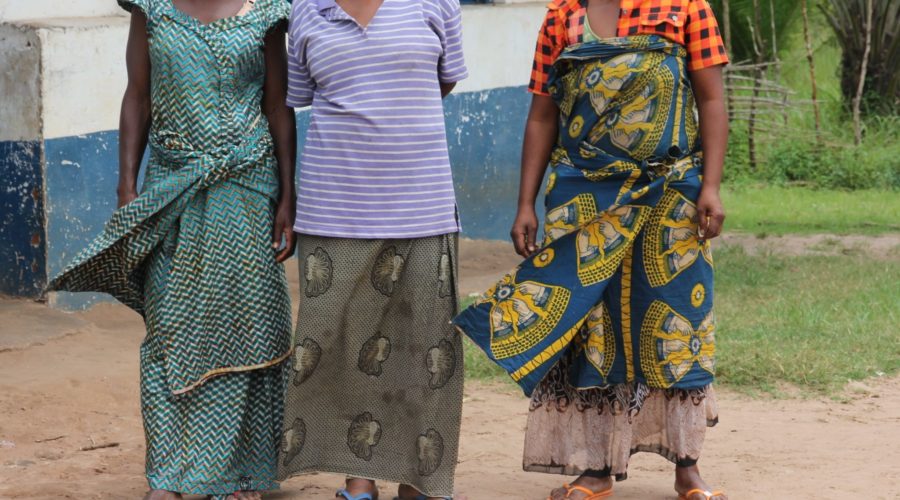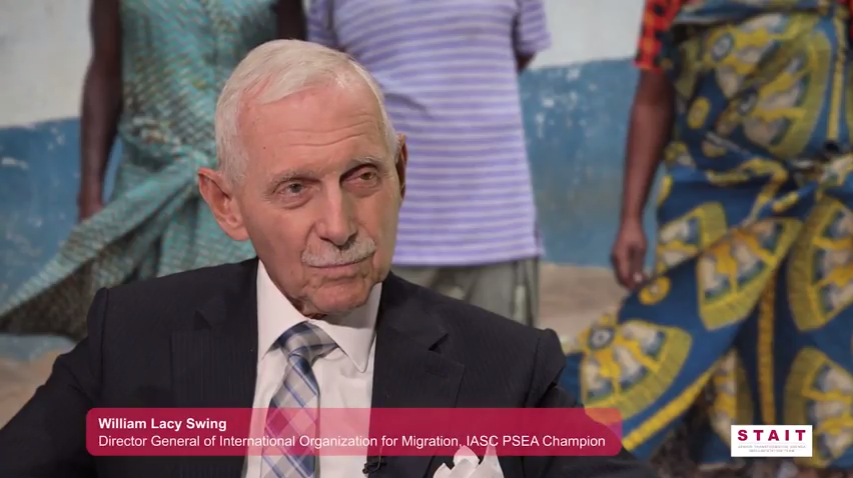The 2015 IASC statement on Protection from Sexual Exploitation and Abuse (PSEA) calls for “reinforcing the responsibilities on PSEA for the Humanitarian Coordinator role to ensure that PSEA has a clear place within the humanitarian architecture”. Besides preventing SEA by humanitarian workers and peacekeepers, the aid community also has the responsibility of holding perpetrators to account legally.
Humanitarian Coordinators, Humanitarian Country Teams, humanitarian workers and donors all have a responsibility to ensure PSEA is embedded in every aspect of a humanitarian operation. During its missions and webinars, the P2P team has identified that strong leadership is critical to tackling sexual exploitation and abuse.
A P2P webinar on PSEA (available in English and French) shared practical steps humanitarian field leaders should utilise in the fight against sexual exploitation and abuse. Some key practical steps are:
- Define roles, responsibilities, and lines of accountability at the most senior level (Special Representatives of the Secretary-General, Humanitarian Coordinators, and Humanitarian Country Teams), while also ensuring that PSEA is discussed regularly by the Humanitarian Country Team.
- Establish a PSEA Task Force with dedicated leadership, that reports directly to the Humanitarian Coordinator and/or Resident Coordinator.
- Ensure awareness is raised consistently and frequently across the humanitarian community. This includes ensuring humanitarian actors sign a code of conduct to follow up on prevention and mitigation efforts.
- Develop a common reporting platform to facilitate the alignment of Code of Conducts, Standard Operating Procedures (SOPs), data collection, and incident tracking, across humanitarian actors to ensure the confidentiality of victims. In the case of integrated mission settings, ensure systematic coordination between the two entities.
- Ensure transparent communication with the media, on the prevention of and response to SEA, by humanitarian actors and peacekeeping personnel.
These steps can help Humanitarian Coordinators, Humanitarian Country Teams, and humanitarian workers at all levels strengthen collective efforts to prevent and address SEA. To learn more about how to practically strengthen PSEA systems at the field-level, please read the new IASC Community-Based Complaint Mechanism Best Practice Guide.





